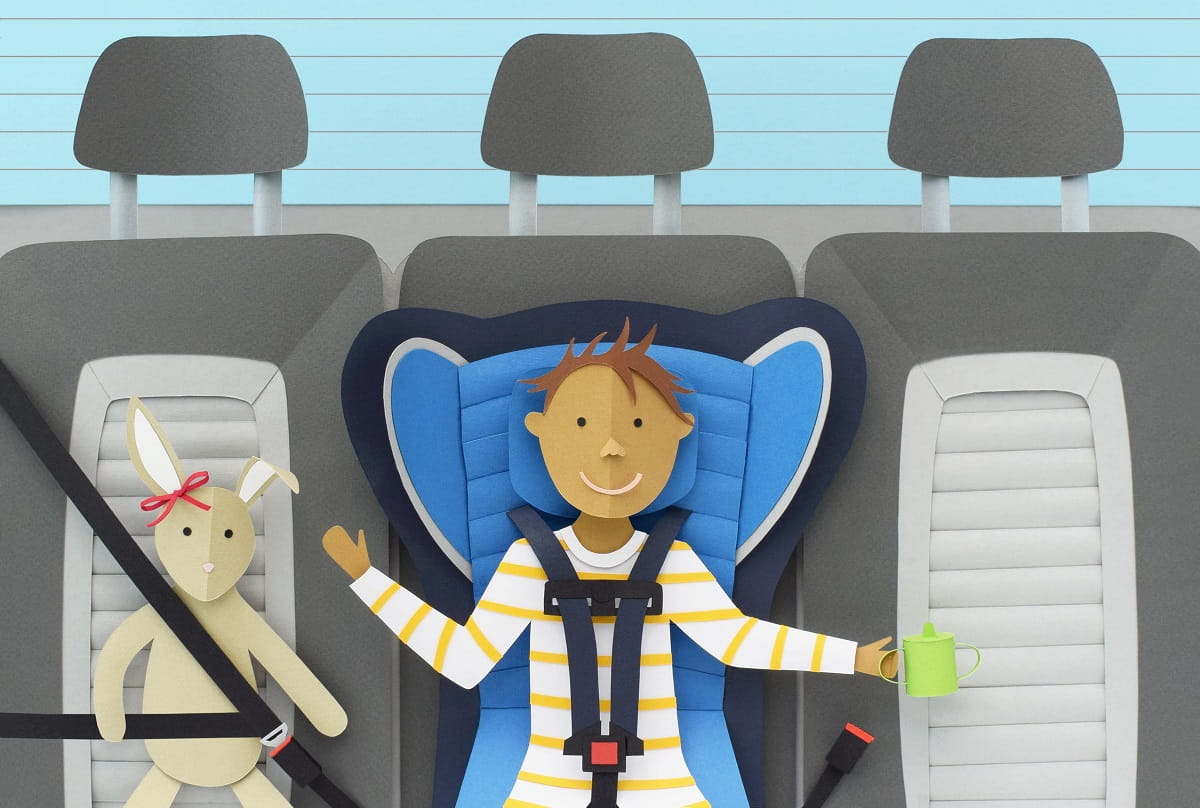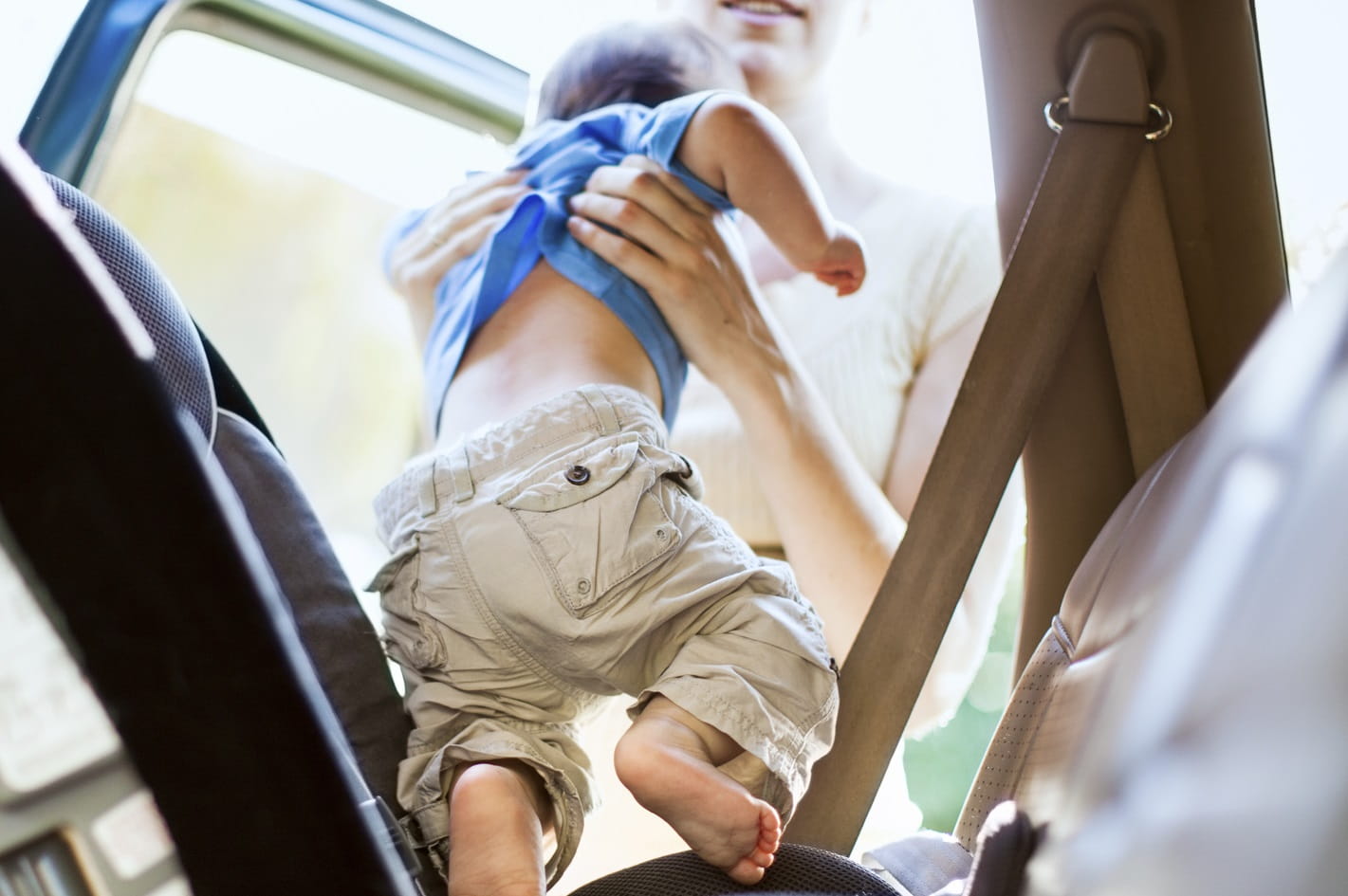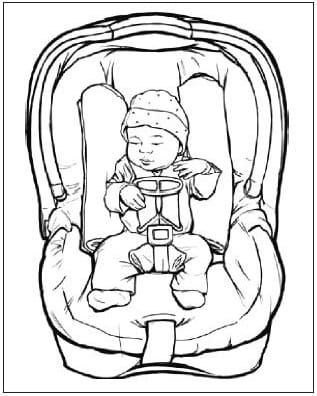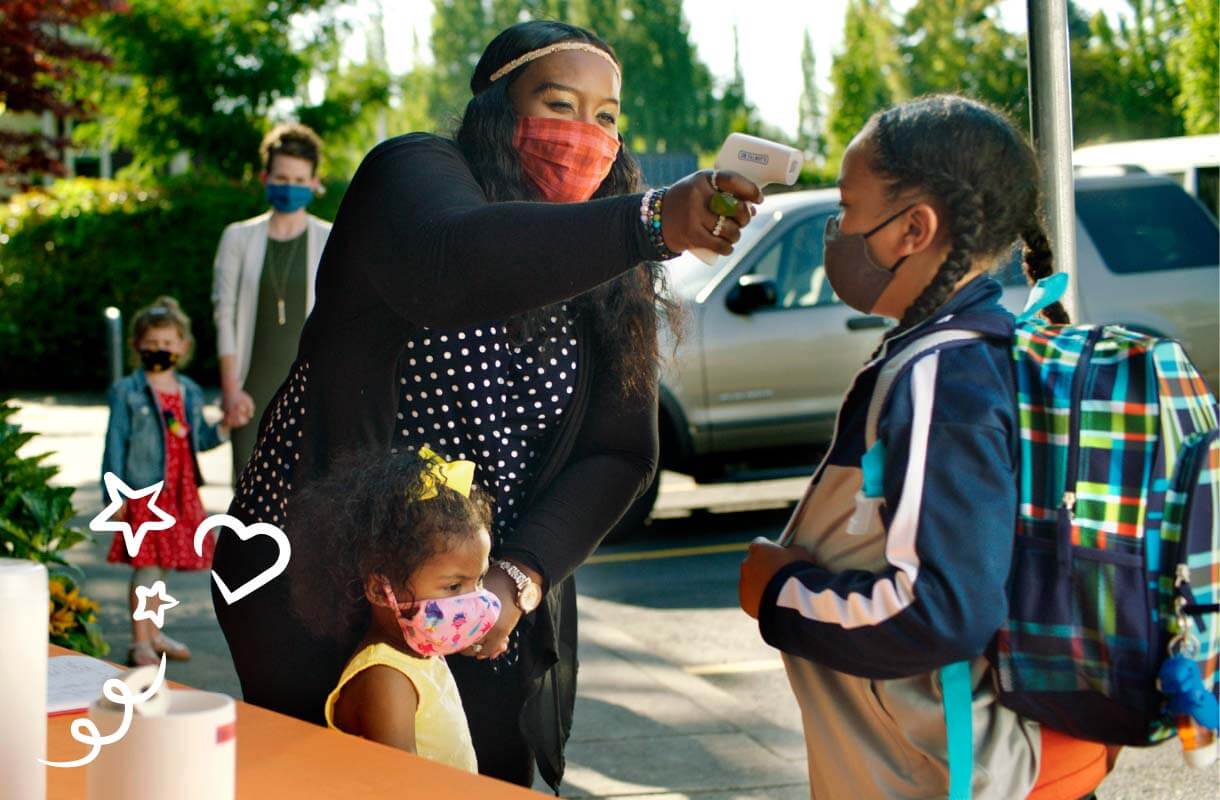Are You a Parent? You Need to Be a Car Seat Pro. Here's How.

Did you know that some 46 percent of car seats are installed or used incorrectly? Considering that car seats are literal life-savers, that’s an eye-popping fact—on the other hand, who among us hasn’t been a little flummoxed by all the straps, buckles, and configurations? And how tight should that shoulder strap be, anyway?
Nonetheless, as a parent, you need to become a car seat pro: no ifs, ands, or buts about it. Using car seats correctly ensures your little ones stay safe out there should, say, a texting driver veer into your lane unawares. Luckily, there are a number of terrific resources available to help you solve any car seat conundrum.
Read up, make an adjustment if needed, and hit the road with your precious cargo…and peace of mind.
1. Wonder if You’ve Got It Right? Get a Car Seat Checkup
SafeKids.org has plenty of info on car seat safety, including this quick checklist. But your best bet may be to find one of the group’s Car Seat Checkup Events in your state, where a certified car seat technician will teach you how to make sure your car seat is installed correctly—in your very own car. Hands-on learning is the best!
2. Get an Expert Car Seat Inspection on Your Own Time
Safercar.gov, a website run by the National Highway Transportation and Safety Administration (NHTSA), features a car seat inspection locator listing certified inspection stations in your area. Most are free of charge, and many offer Spanish-speaking inspectors.
3. Install It Right, Right off the Bat—Every Time
It seems like a no-brainer, but you should read your car seat’s instruction manual carefully—every time you install the seat in another vehicle. If you’re more of a visual learner (and love a good video, as we do) check out this handy-dandy video series from Safercar.gov.
4. Get the Right Seat for the Right Kid
While the NHTSA recommends general age ranges for different types of car seats, it’s important to follow the height and weight guidelines in your car seat manual. And, according to the 2011 guidelines from the American Academy of Pediatrics, parents should “keep their toddlers in rear-facing car seats until age 2, or until they reach the maximum height and weight for their seat.”

5. Make Sure Your Precious Cargo Is (Really) Snug as a Bug
Many parents worry about strapping kid in their seats too tightly— but snug is the rule when it comes to car seats. That’s why you should practice the “Pinch Test.” According to SafeKids.org, “Make sure the harness is tightly buckled and coming from the correct slots (check car seat manual). Now, with the chest clip placed at armpit level, pinch the shoulder straps at your child's shoulder. If you are unable to pinch any excess webbing, you're good to go.” In other words, should you get into a fender-bender, your little cutie pies won’t go anywhere.
6. Do the “Inch Test”
The car seat itself must be strapped tightly into the vehicle. To test it, grab the base of the car seat where you’ve threaded the seat belt (also known as the “belt path”) with your weaker hand. Give it a firm push and pull. If the car seat moves more than 1 inch in any direction, it should be strapped in tighter.
7. When It Comes to Car Seats, It’s Best to Buy New
It’s tempting to go for a used car seat, but make sure you do your research first. Investigate whether your used seat has been recalled by searching the NHTSA's Child Seat Recall Campaign Listing. You can also sign up to receive email alerts for manufacturer recalls on specific car seats.

8. Don’t Add Extra Padding, Mirrors, or Hanging Toys to the Car Seat
Generally speaking, if it didn’t come with your car seat, don’t add it in—especially if the objects or extra padding rest between your child and the back of the seat, as this can interfere with the seat’s effectiveness. The exception to this rule is if your infant slouches down or to the side in her seat, as this is unsafe. To prevent this, the American Academy of Pediatrics recommends putting your baby in the car seat and then placing a small cloth between her body and the crotch strap, and rolled-up blankets on either side of her. This will keep her in the correct position—but again, make sure you never place anything under or behind her.
9. Don’t Dress Kids in Bulky Clothes or Blankets under the Car Seat Straps
Thick sweaters and coats should not be worn beneath the harness of a car seat, with good reason. “Even if your child looks snuggly bundled up in the car seat, multiple layers may make it difficult to tighten the harness enough,” notes the American Academy of Pediatrics. Instead, place a blanket or coat over him and the harness after strapping him in to keep him warm. Read more about winter dressing and car seats here.




